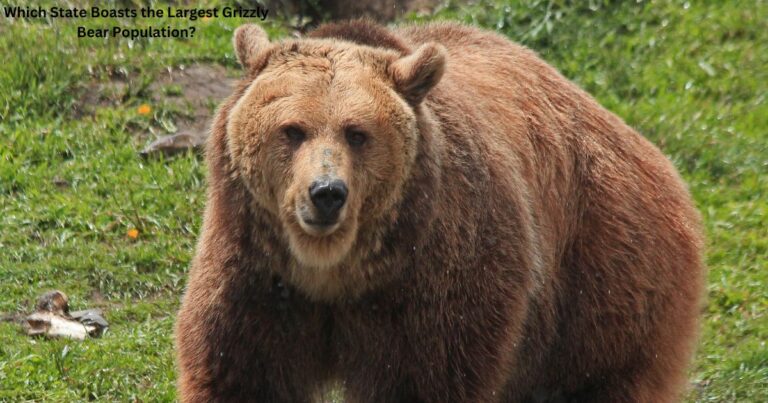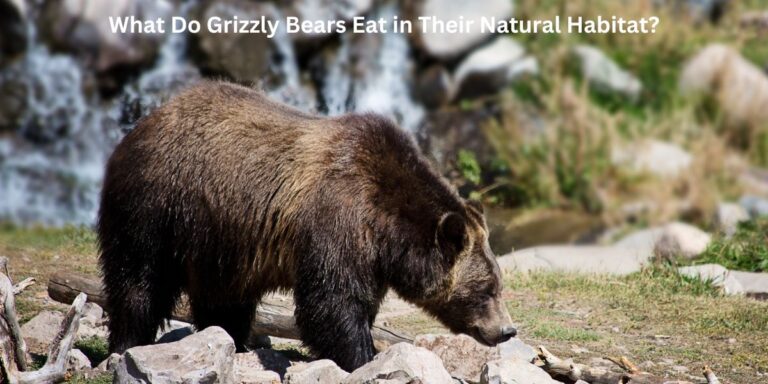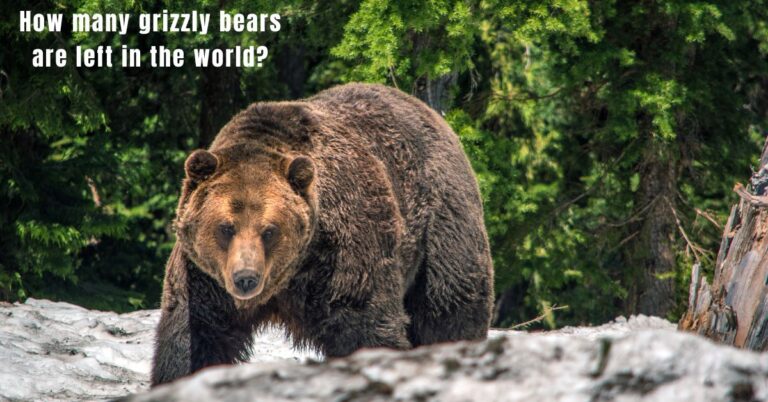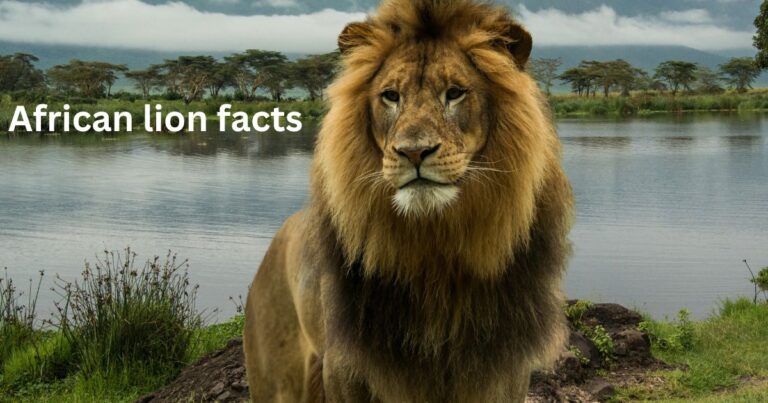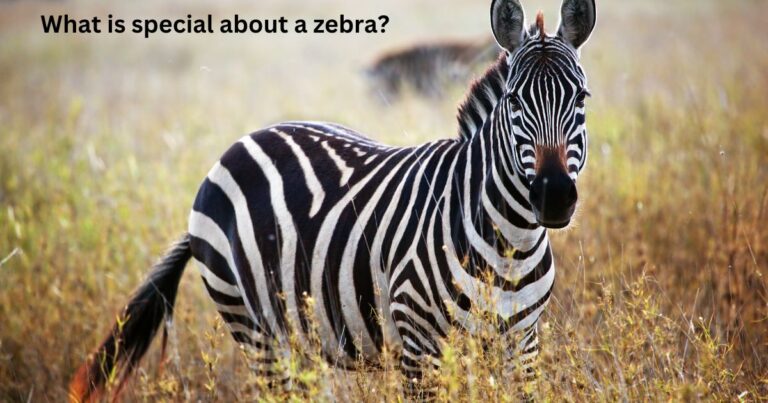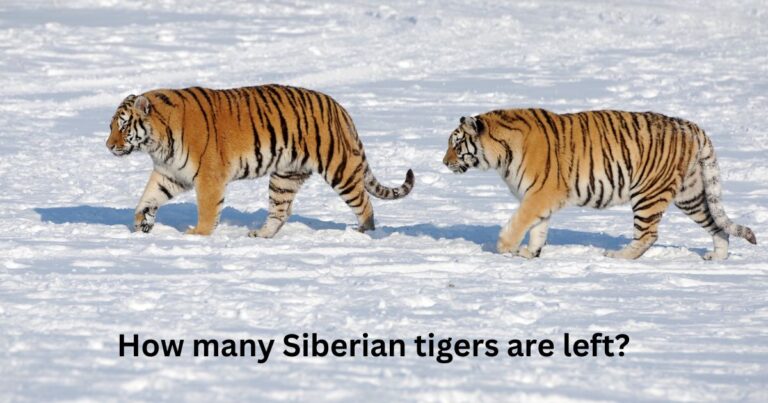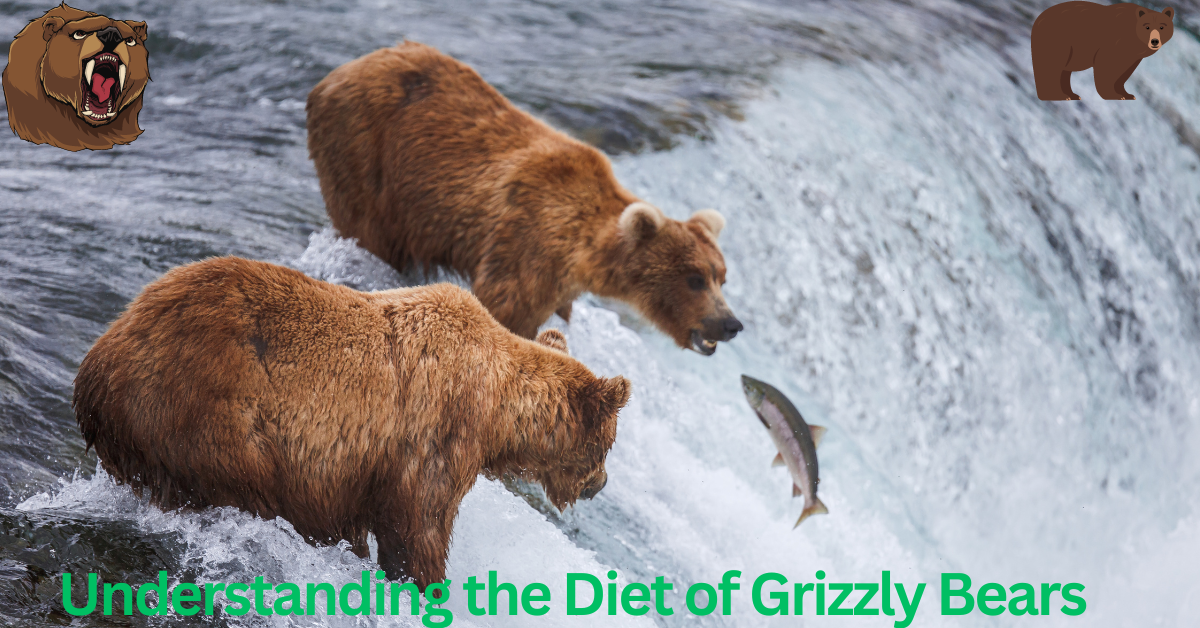
Understanding the Diet of Grizzly Bears: Grizzly bears, known for their impressive size and strength, have a diverse diet that supports their lifestyle. “What do grizzly bears eat” is a question asked by wildlife enthusiasts and researchers alike. The purpose of this article is to provide a detailed study of grizzly bear diets, emphasizing the diversity and adaptability of their food choices. By diving into the details of their feeding habits, we can gain a deeper appreciation for these magnificent creatures and their role in the ecosystem.
Omnivorous Diet of Grizzly Bears
Grizzly bears are classified as omnivores, which means they eat both plant and animal matter. Their diet varies significantly depending on the season and their natural habitat. Understanding “what grizzly bears eat” requires a look at the diverse foods that make up their diet.
A plant-based diet
A large portion of the grizzly bear’s diet consists of plant-based foods. During the spring and summer months, they feed on a variety of vegetation, including berries, nuts, fruits, leaves, and roots. Berries are especially important, as they provide a high energy source that is important for building fat stores during the cold season.
Animal-based foods
In addition to plant matter, grizzly bears also eat a variety of animal-based ingredients. This includes fish, especially salmon, which is a major part of their diet during the late summer and early fall runs. Becomes They also prey on small to medium-sized mammals, such as rodents, rabbits, and occasionally young ungulates. In some regions, grizzly bears will scavenge on carcasses, taking advantage of whatever food sources are available.
Seasonal variations in diet
The diet of grizzly bears changes with the seasons, reflecting the availability of different food sources throughout the year. In the spring, as bears emerge from hibernation, they primarily feed on young plants and carrion. As the season progresses, their diet includes more berries, nuts, and, where available, spawning salmon.
The importance of protein and fat
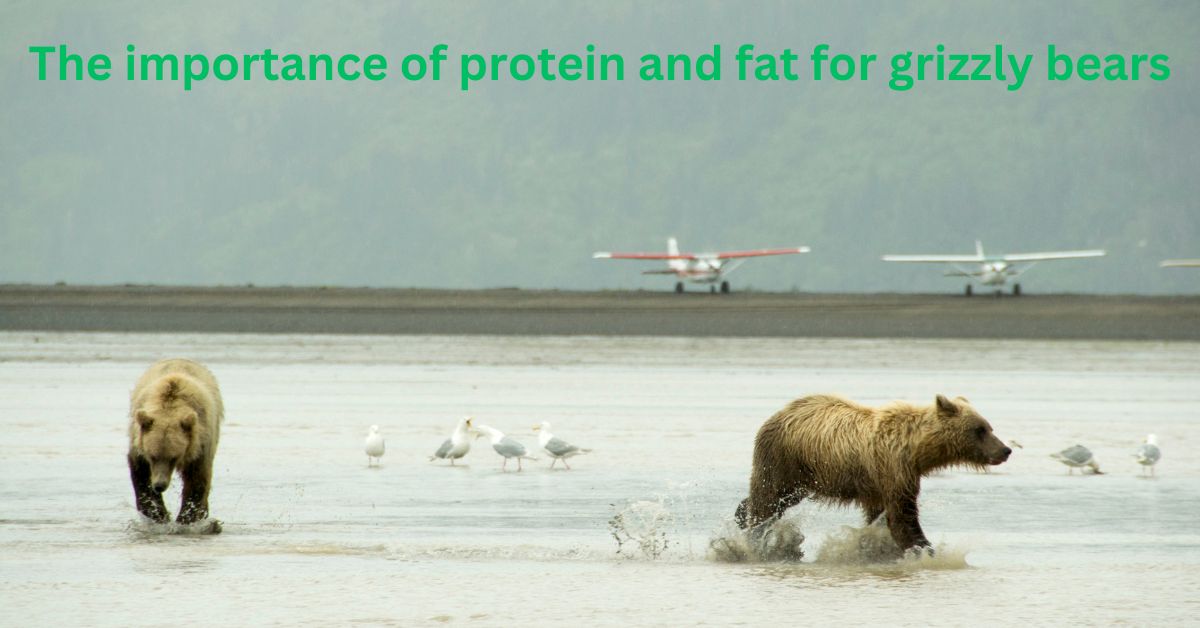
The importance of protein and fat
Protein and fat intake are critical for grizzly bears, especially in preparation for hibernation. Consuming high-fat foods like salmon allows them to build up significant fat reserves, which sustain them through the winter months when food is scarce. This aspect of “What Grizzly Bears Eat” highlights their strategic feeding habits to ensure survival.
Human impacts on the grizzly bear diet
Human activities have affected the natural diet of grizzly bears in several ways. Habitat destruction and reduction of natural food sources can force bears to seek alternative food, sometimes driving them into human-populated areas. This interaction can be dangerous for both bears and humans, and underscores the importance of protecting natural habitats and food sources for wildlife.
FAQs For Understanding the Diet of Grizzly Bears
Q1: Do grizzly bears eat honey?
A1: Yes, grizzly bears eat when honey is available. They specialize in raiding bees to consume honey and bee larvae, which are high in protein.
Q2: How much do grizzly bears eat in a day?
A2: A grizzly bear’s food intake varies widely depending on the season. During peak feeding in preparation for hibernation, they can consume up to 90 pounds of food per day.
Q3: Are grizzly bears dangerous to humans?
A3: Although grizzly bears generally avoid human contact, they can become dangerous if they are startled, threatened, or if they think their cubs are in danger. Keeping a safe distance and following local guidelines in bear country is very important.
Q4: Can grizzly bears climb trees?
A4: Young grizzly bears are capable climbers, but as they grow larger and heavier, climbing becomes more difficult. They are not as adept at climbing as black bears.
Conclusion
Understanding “What Grizzly Bears Eat” provides guidance on the adaptations and survival strategies of these magnificent creatures. Their diet reflects a remarkable ability to use the resources available in their habitat, from plant-based foods to hunting animals. Protecting their natural habitats and food sources is vital to the survival of grizzly bear populations. It is necessary to ensure and maintain the balance of the ecosystem in which they live. As we continue to explore and appreciate the natural world, let us remember the importance of living with wildlife and the steps we can take to preserve these incredible animals for future generations.

